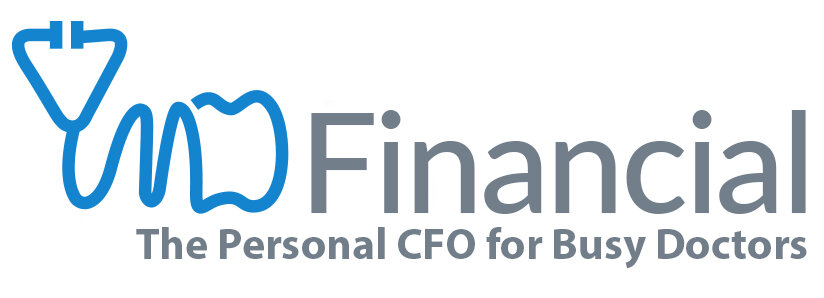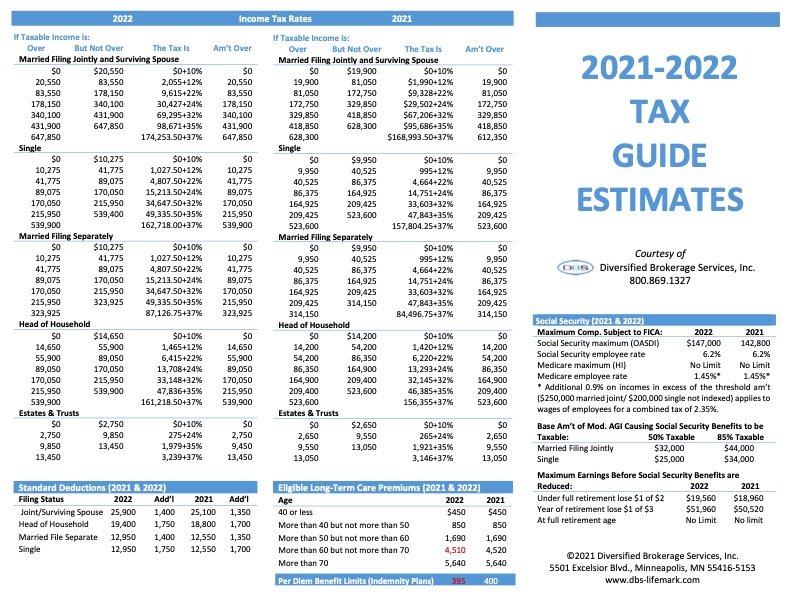We can finally let out a sigh of relief as we put tax season 2021 behind us! This means we have plenty of time to prepare for the 2022 tax season, and educate ourselves on the proposed tax changes.
As we do every year, we are watching for any changes in Federal and State tax law that will affect our doctors in the next year, and impact their retirement.
If you’ve been listening to our podcast for a while, you will know that we promote tax efficient investing. In fact, this has a bigger impact on your financial future than the stock market does.
Some good resources for this investment strategy can be found in our previous podcasts on the Tax Triangle, and Tax-Efficient Investing.
Overview of proposed changes to taxes in 2022:
The Build Back Better bill
Federal income taxes
State income taxes
What is the Backdoor Roth?
Income limits bar most attending physicians from directly contributing to Roth IRAs, based on gross income.
For tax year 2022, single filers, with a modified adjusted gross income (MAGI) over $144,000 or joint filers with a MAGI of above $214,000 cannot directly fund their Roth IRAs
The Tax Increase and Prevention Reconciliation Act (TIPRA) of 2005 opened a possibility to indirectly contribute a specified amount to your Roth IRA each year.
How this works:
There are no income limits on after-tax contributions, or non-deductible contributions to a Traditional IRA. Thus, high-earning doctors can legally make after-tax contributions to a traditional IRA, then convert that money into a Roth IRA.
Individuals over age 50 can contribute $7,000, or $6,000 if you are under 50.
This is a tax-free event as long as there were no gains while your money was in the Traditional IRA before the conversion to the Roth IRA. If there were gains, and they are included in your Roth conversion, the gains will be taxed at your ordinary income tax rates.
Please note that we do not recommend Backdoor Roth Conversion Strategies to everyone. Please consult your tax accountant or reach out to us to see if this is a viable option for you.
You can check out our podcast episode on Roth IRAs to learn more about this type of account.
How do we use the Backdoor Roth Conversion Strategy?
In years where we are not worried about law changes, we might suggest to a doctor who is under 50, to contribute $500 a month to a Traditional IRA until it reaches $6,000 in contributions. Then, we convert the balance to their Roth IRA before the end of the calendar year.
For doctors who prefer to get their contribution done all at once, we recommend they make a lump sum contribution to their Traditional IRA (the maximum Roth IRA yearly contribution). Then again, we convert the amount to their Roth IRA before the end of year.
Proposed Changes to the Backdoor Roth Conversion Strategy
If the Build Back Better bill passes, it could have a devastatingly negative impact on most of our doctors. Under the provisions of this bill, high-earning doctors would be prevented from making Backdoor Roth Conversions.
Proposed income limits: $400,000 for single filers and $450,000 for joint filers, which will prevent most of our doctors from using this technique.
Some doctors are under these limits, but there is no guarantee that this won’t change in the future. The provisions of the bill could be amended, or the idea to eliminate the Backdoor Roth Conversion Strategy might be dropped entirely.
What are we doing to prepare our doctors for potential tax law changes?
So far, this bill has yet to pass Congress, so Backdoor Roth Conversions are still allowed. That being said, we are recommending our doctors make a lump sum Backdoor Roth Conversion as soon as possible. That way, if the bill does pass, many of our doctors will have already completed their contribution for 2022 and will hopefully be grandfathered in.
We cannot guarantee that any future bill passed will not include retroactive changes, but we can do everything currently possible to set our doctors up for financial success in retirement.
What should you know about proposed Federal income tax changes in 2022?
Contribution limits for other employer sponsored plans including Roth accounts (Roth 401Ks and Roth 403Bs) increased to $20,500 for those under 50 and $27,000 for those over 50 years of age. Contributions to a Roth IRA do not affect this amount.
The highest federal tax rate is the same as 2021: 37%, for single filers with a taxable income over $539,900 and joint filers with taxable income over $647,850.
What should you know about proposed State income tax changes in 2022?
Many states’ tax rates are remaining the same in 2022, and some even decreased their tax rates. A few examples:
Decreased:
North Carolina has a flat rate which decreased to 4.99%.
Louisiana’s highest tax rate decreased to 4.25%.
Increased:
Colorado’s flat rate increased to 4.55%.
Washington DC created a new tier in their system and their highest tax rate is now 10.75%.
Check out your state’s government website to see details on your state’s tax rates.
2022 Diversified Brokerage Services, Inc.
Tax laws are ever-changing, but by being aware of pending changes and taking advantage of tax-efficient investing techniques, you can feel better prepared for the 2022 tax season!
If you have questions about if you should be implementing the Backdoor Roth Conversion Strategy today, reach out to the MD Financial Team to discuss your personal situation.
CONTACT US
1-888-256-6855
Remember that you can send us any questions or potential topics at: Info@MDFinancialAdvisors.com
Katherine Vessenes, JD, CFP®, is the founder and CEO of MD Financial Advisors who serve 500 doctors from Hawaii to Cape Cod. An award-winning Financial Advisor, Attorney, Certified Financial Planner®, author and speaker, she is devoted to bringing ethical advice to physicians and dentists. She can be reached at Katherine@mdfinancialadvisors.com.


